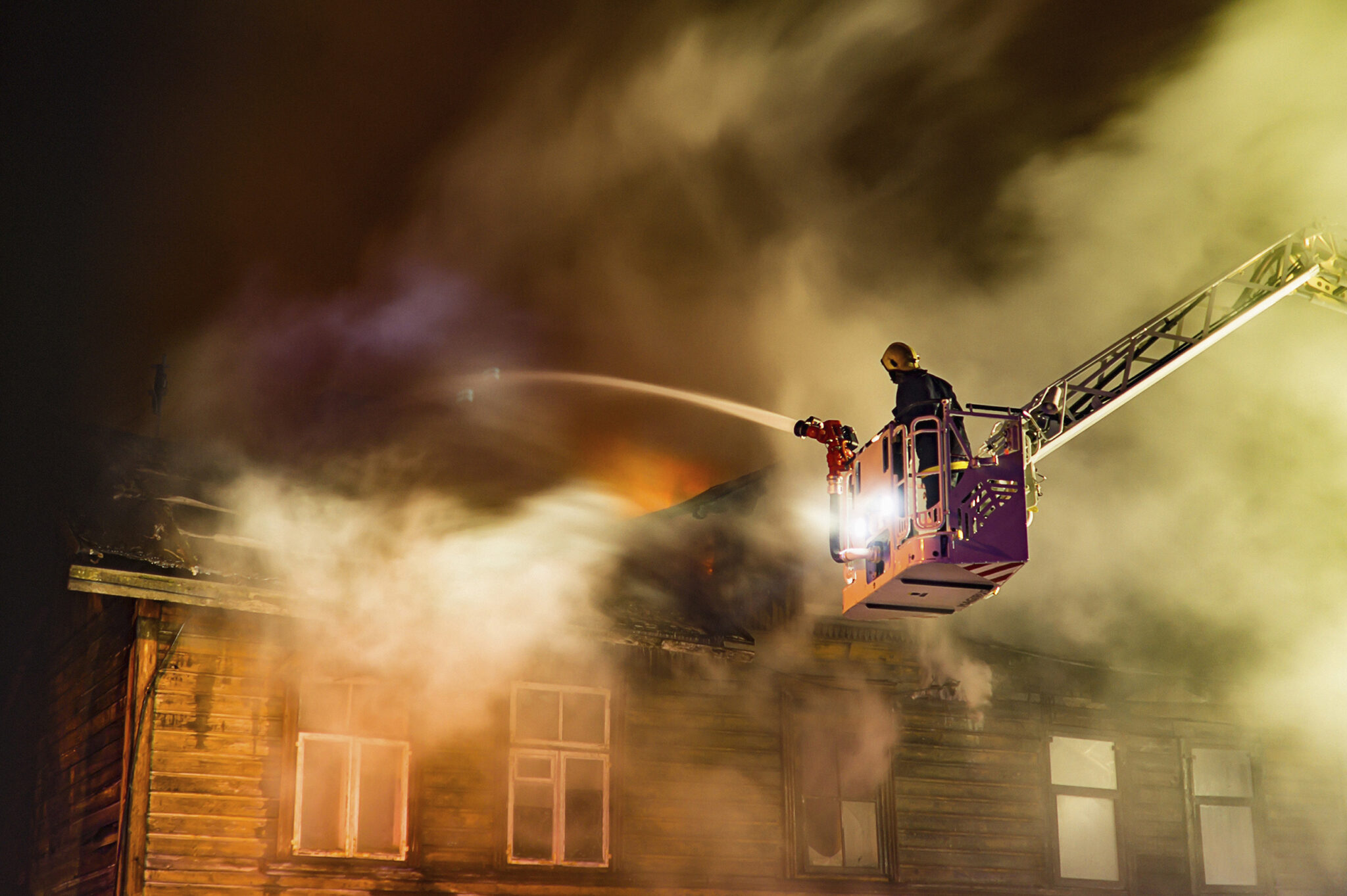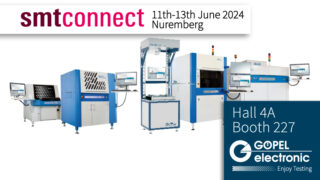Booms on aerial fire trucks are subject to oscillation, also known as boom bounce, due to quick movements and disturbances such as wind, the flow of pumped water or individuals on the ladder. Further magnification of this oscillation occurs as the boom extends. However, Eaton has developed a system solution for aerial fire apparatus that can help OEMs eliminate boom bounce and address a variety of challenges and trends in modern aerial design.
The elevation, extension and rotation of the boom are critical hydraulic functions on aerial fire trucks. Whether a pumper or platform model, the boom needs to reach its target location quickly yet safely. While modern ramped controls are an improvement over the abrupt starts and stops of yesteryear, un-commanded movement resulting from these ramps limits boom extension speed and placement accuracy. In some cases, ramped controls can also present safety hazards.
Eaton’s system solution for aerial fire apparatus is able to increase safety and truck capabilities while reducing overall design complexity. The centrepiece of the system is Eaton’s CMA advanced mobile valve, a CAN-enabled electrohydraulic valve with on-board electronics and integrated software algorithms that, beyond the elimination of boom bounce to maintain aerial stability, provides a number of additional advantages. For instance, the system delivers tighter response for increased operator control, helps firefighters to deploy the aerial boom faster and with greater placement accuracy, and simplifies aerial apparatus customisation.
Enhancing safety, capability and simplicity
Boom stability control (BSC) technology, an integrated control application on the CMA valve, reduces boom oscillation by up to 75% and settling time by up to 90%. BSC can be active even when the operator is not commanding the boom, keeping the aerial apparatus stable and in position at all times.
This technology provides superior control to augment operator skills, reduce the impact of external disturbances and provide peace-of-mind to those on the ladder or platform. In short, BSC maintains apparatus safety and manual override features, and works in tandem with Eaton counterbalance valves to reduce CBV-related judder.
Aside from safety, Eaton’s system solution helps to enhance capability, particularly regarding rapid point-to-point movement. The faster it is possible to position a boom, the quicker firefighters can get to work, whether accessing a building, rescuing individuals from height or dousing flames. In comparison with ramped controls, BSC enables operators to deploy and stop the boom more quickly, safely and precisely.
Another benefit relates to system simplification. Growing demand upon aerial fire truck manufacturers to provide customers with ever-increasing levels of customisation means there is a real need for simplified interconnected systems. With software driven-configuration and electronic tuning, Eaton’s CMA valve streamlines set up and optimisation. Notably, CAN communication simplifies controller requirements and integration with other CAN-based systems.
OEMs can therefore adopt common hardware across aerial fire truck models as the software facilitates customisation and advanced controls without the need to change the spools or wiring harness. The valve’s on-board controller and sensors further ease system integration, while also minimising external components and providing a wealth of data that can serve functions such as load detection. The result is a reduction in both costs and complexity.
Design flexibility
As a final point of note, it is possible to configure CMA valve banks with CMA sections and/or Eaton’s recently introduced CMT sections, enabling OEMs to create a tailored solution that matches performance and capability with the specific machine function.
The streamlined CMT mobile valve section has the capability to control two bidirectional services from one section – an industry first. As a result, CMT valve sections increase design flexibility and reduce CMA valve bank size, weight and overall system cost. OEMs can also stack CMT mobile valve sections with CMA sections. The availability of two stackable section options simplifies CMA valve use on high-end and mid-range machines due to shared components and procedures.
Ultimately, Eaton’s system solution featuring its CMA advanced mobile valve (with CMA and/or CMT sections) helps to counter quick boom movements and external disturbances that can cause boom tip oscillation. The solution also overcomes limitations regarding the speed and control at which firefighters can deploy the boom, while providing reassurance to those climbing the ladder on platform trucks.
To learn more about the CMA advanced mobile valve and CMT mobile valve section, visit Eaton.com/CMT.
Company: Eaton










